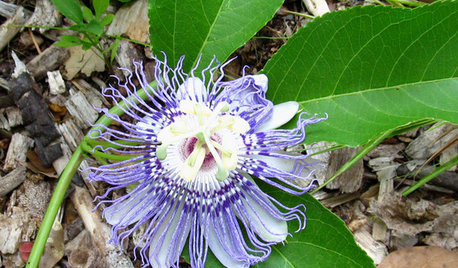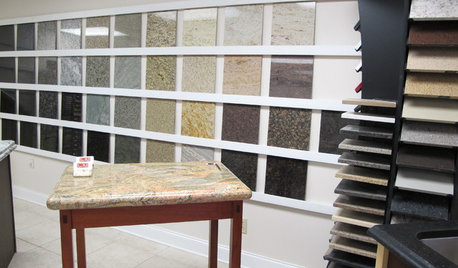Topsin M and the U of KY
Michael
10 years ago
Related Stories

GARDENING GUIDESGreat Design Plant: Passiflora Incarnata
Enjoy the amazing flowers and edible fruit of U.S. native Passiflora incarnata (also known as maypop) — the butterflies sure do
Full Story
DECORATING GUIDESHemp, Hemp, Hooray! This Superplant May Be Legal Again in the USA
Hemp products are durable, sustainable, antibacterial and much more. Will the plant finally get the status it’s due in the States?
Full Story
TRADITIONAL ARCHITECTURERoots of Style: Château Architecture Strides Through a Century
Live like a lord with design details that recall French estates of old, even if they're scaled down and updated for today
Full Story
GREEN BUILDINGHouzz Tour: See a Maine House With a $240 Annual Energy Bill
Airtight and powered by the sun, this energy-efficient home in a cold-winter climate is an architectural feat
Full Story
LIFEShare Your Winter Storm Jonas Photos and Survival Tips!
Let’s see your pictures and hear your ideas on how you’re keeping your house warm and staving off cabin fever
Full Story
LIFECould Techies Get a Floating Home Near California?
International companies would catch a big business break, and the apartments could be cool. But what are the odds of success? Weigh in here
Full Story
ARCHITECTUREBack to the Futuro: Tour a Lovingly Restored ‘Spaceship’ Home
Travel back to the ’60s Space Age with a rare glimpse inside an original House of the Future
Full Story
BEDROOMSHouzz Quiz: What Color Should You Paint Your Bedroom Walls?
Cool and soothing, or warm and spicy? Answer these questions and learn what hue is right for you
Full Story
HOMES AROUND THE WORLDHousehold Habits and Customs to Borrow From Other Countries
Discover why salt may be the perfect house-warming gift, how to clean rugs in snow and why you should invest in a pair of ‘toilet slippers’
Full Story
KITCHEN COUNTERTOPSWalk Through a Granite Countertop Installation — Showroom to Finish
Learn exactly what to expect during a granite installation and how to maximize your investment
Full StoryMore Discussions








alan haigh
MichaelOriginal Author
Related Professionals
Bellflower Landscape Architects & Landscape Designers · Benbrook Landscape Architects & Landscape Designers · Glassmanor Landscape Architects & Landscape Designers · Surprise Landscape Contractors · Peabody Landscape Contractors · Dedham Landscape Contractors · Ellicott City Landscape Contractors · Federal Way Landscape Contractors · Los Banos Landscape Contractors · Quincy Landscape Contractors · Roswell Landscape Contractors · Stallings Landscape Contractors · View Park-Windsor Hills Landscape Contractors · Markham Landscape Contractors · Tyngsboro Landscape Contractorsalan haigh
MichaelOriginal Author
alan haigh
olpea
MichaelOriginal Author
olpea
alan haigh
olpea
alan haigh